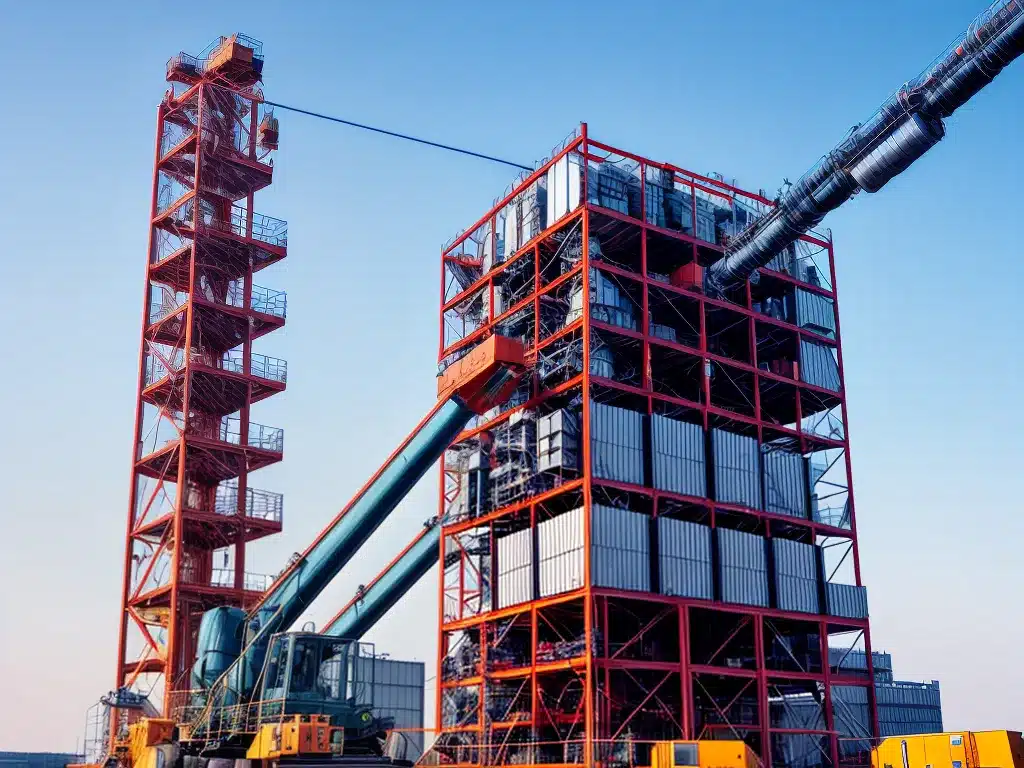
IoT and Predictive Maintenance: Reducing Equipment Downtime
Introduction
Preventive maintenance has long been used to minimize equipment downtime. But with the rise of the Internet of Things (IoT), a new maintenance strategy called predictive maintenance is emerging. This article will examine how IoT enables predictive maintenance and how it helps reduce downtime.
What is Predictive Maintenance?
Predictive maintenance leverages IoT sensors and artificial intelligence to monitor equipment condition and predict when maintenance should occur. This differs from preventive maintenance which relies on scheduled maintenance activities.
With predictive maintenance, sensors are attached to equipment to collect data like vibration, temperature, pressure, etc. This data is fed into machine learning models that identify patterns signaling upcoming failures. When a potential issue is detected, the models generate alerts so technicians can proactively address problems before equipment fails.
Benefits of Predictive Maintenance
Predictive maintenance powered by IoT offers several advantages over traditional maintenance approaches:
Reduced Downtime
By enabling early identification of issues, predictive maintenance allows maintenance to be scheduled when convenient rather than waiting for equipment to break down unexpectedly. This minimizes overall downtime.
Improved Uptime
With detailed equipment insights, optimal maintenance cycles can be determined to maximize uptime. Unnecessary maintenance is eliminated.
Enhanced Safety
Potential dangers from equipment failures can be avoided through proactive issue resolution.
Lower Costs
Predictive maintenance reduces repair costs by catching problems early before major damage occurs. Inventory costs are lowered from less unplanned downtime.
Increased Lifespan
By optimizing maintenance schedules, equipment lifespan is extended.
IoT Enablers of Predictive Maintenance
Several IoT technologies make predictive maintenance possible:
Sensors
Sensors like vibration sensors, temperature gauges, and pressure transmitters collect critical equipment data. Wireless IoT sensors are ideal for retrofitting existing equipment.
Connectivity
Wired and wireless networking connects sensors to analytical platforms. Cellular, WiFi, Bluetooth, LoRaWAN, and more enable data transmission.
Data Storage
Time-series databases like InfluxDB store the high-frequency sensor data efficiently. Data lakes hold unstructured data.
Analytics
Advanced analytical algorithms find patterns and anomalies in sensor data to identify potential faults. Machine learning algorithms like regression and deep learning are utilized.
Visualization
Dashboard tools like Grafana display sensor data and anomaly alerts visually. This enables rapid human insight into equipment health.
Real World Examples
Many companies have adopted predictive maintenance to enhance reliability:
-
Manufacturing – Automakers like Audi use predictive maintenance to maximize production uptime. Sensors monitor critical equipment like welding robots to avoid unplanned downtime.
-
Wind Turbines – IoT sensors in wind turbines track vibration, temperature, and output. By predicting failures before they occur, maintenance costs are reduced by 10-40%.
-
Aircraft – Airlines analyze inflight engine data to optimize maintenance cycles and avoid mid-flight failures. This improves safety and reduces delays.
-
Oil and Gas – Sensor data from oil rig equipment is correlated with weather data to forecast stress and wear. Maintenance is proactively scheduled.
Conclusion
Predictive maintenance leverages IoT data and analytics to minimize downtime and optimize maintenance activities. By transitioning from reactive to proactive maintenance, companies can reduce costs and improve productivity. As more facilities connect equipment to the IoT, predictive maintenance will only continue to grow as a critical strategy for driving reliability and efficiency.












